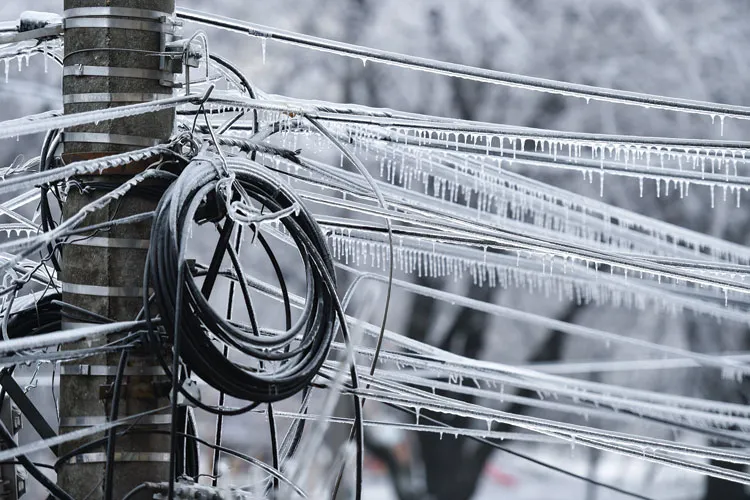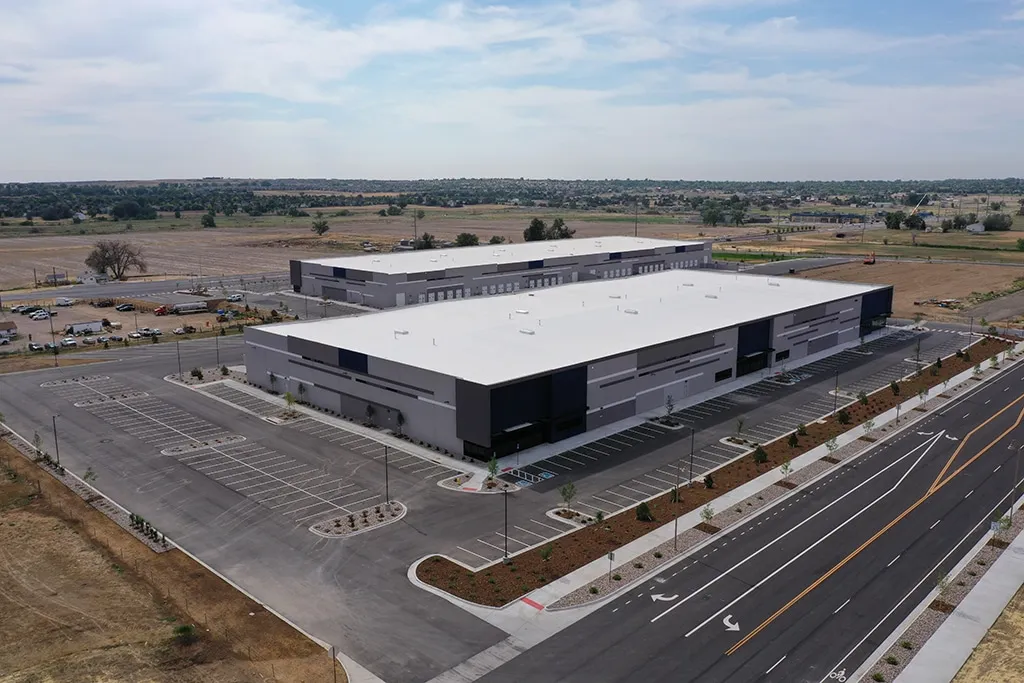Net Zero Cities: Microgrids may keep key services running during inclement weather

Four local electric suppliers believe that using self-contained micro-grids could be one way to hedge fears of power outages from winter storms and wildfires as efforts continue to decarbonize the power grid.
The panel at BizWest’s Net Zero Cities virtual event on Tuesday included Justin Brant, the utility program co-director at the Southwest Energy Efficiency Project; Darren Buck, director of power delivery at the Platte River Power Authority; Milton Geiger, energy resource director at the Poudre Valley Rural Electric Association and André Gouin, a business technology consultant at Xcel Energy of Colorado.
Handling cold snaps
Electrifying residential and commercial power grids briefly became…
THIS ARTICLE IS FOR SUBSCRIBERS ONLY
Continue reading for less than $3 per week!
Get a month of award-winning local business news, trends and insights
Access award-winning content today!




